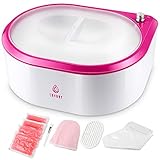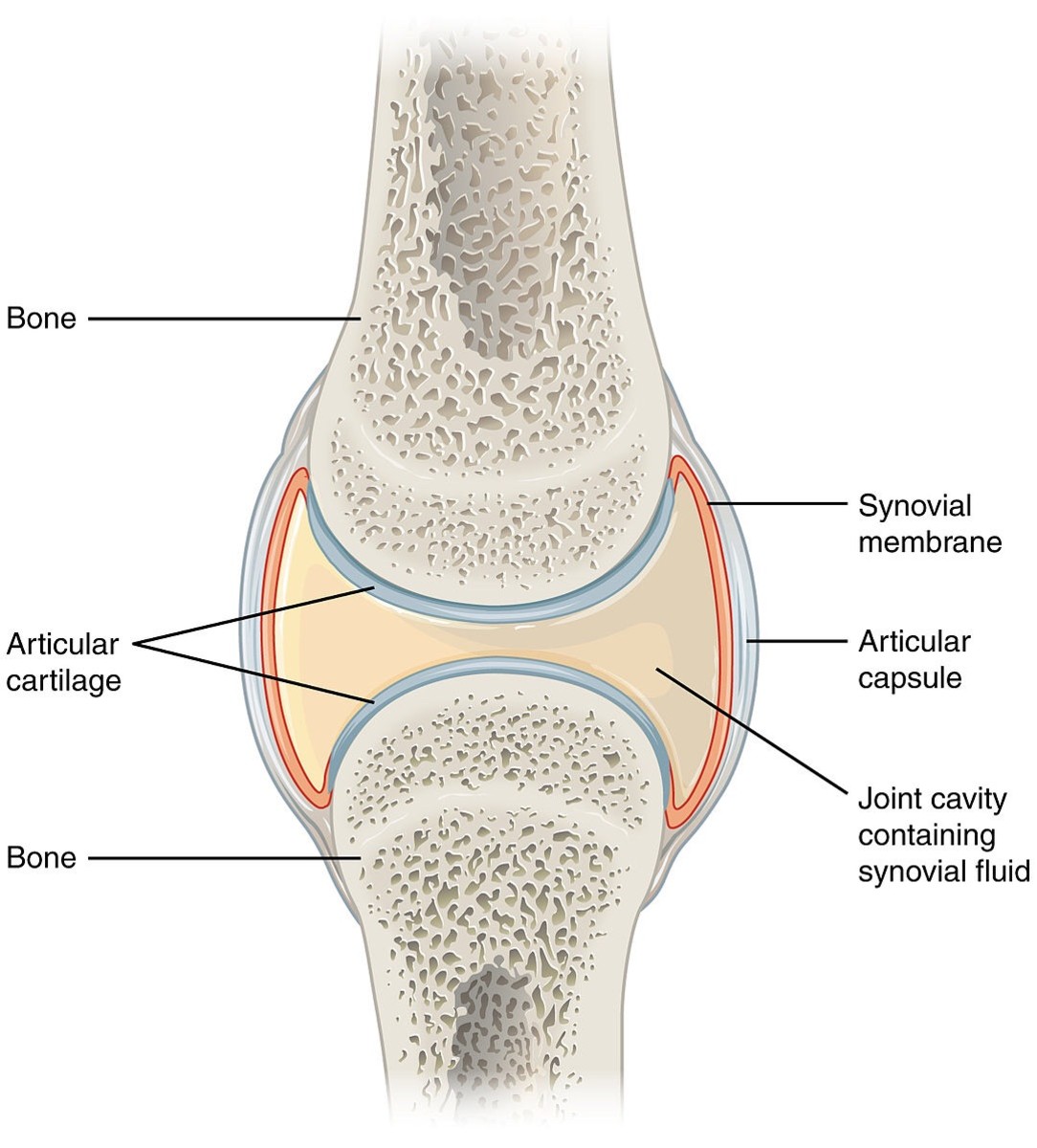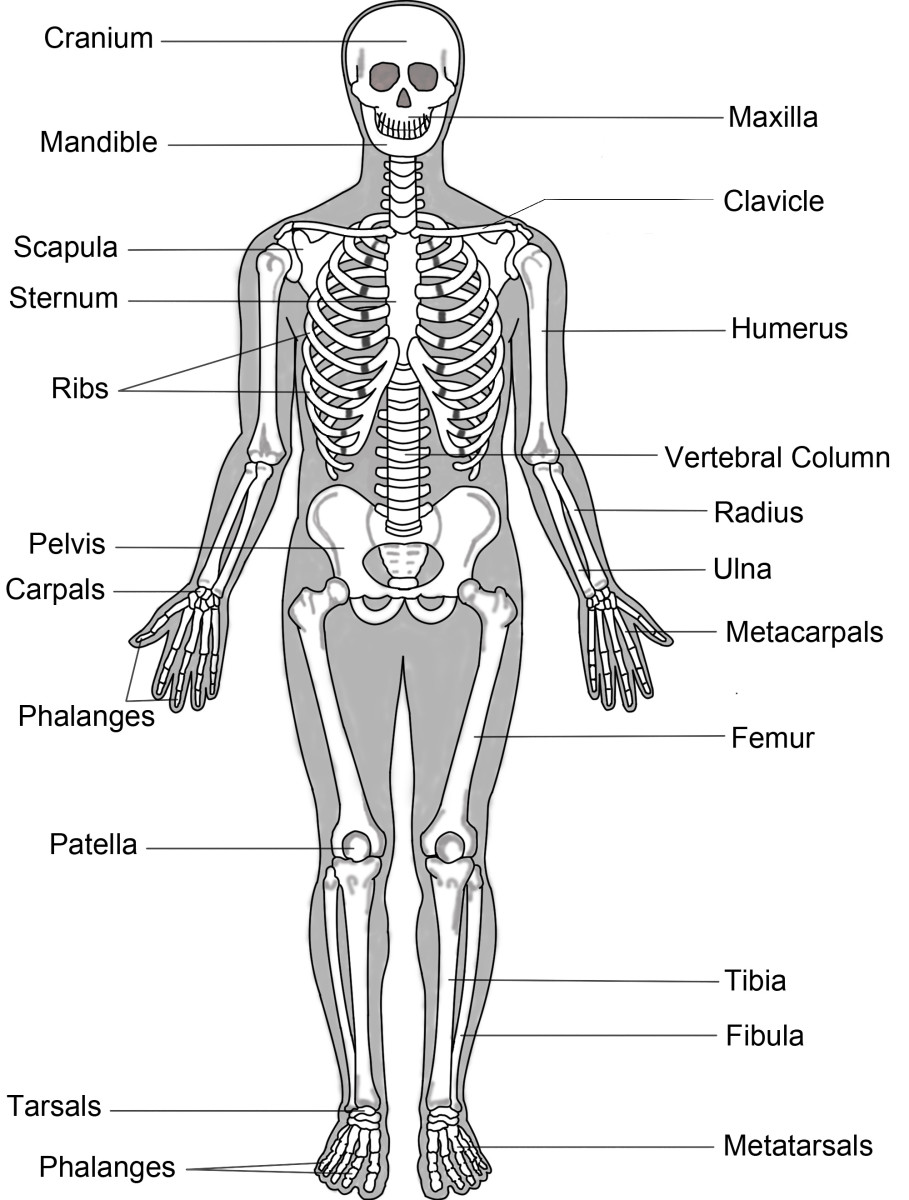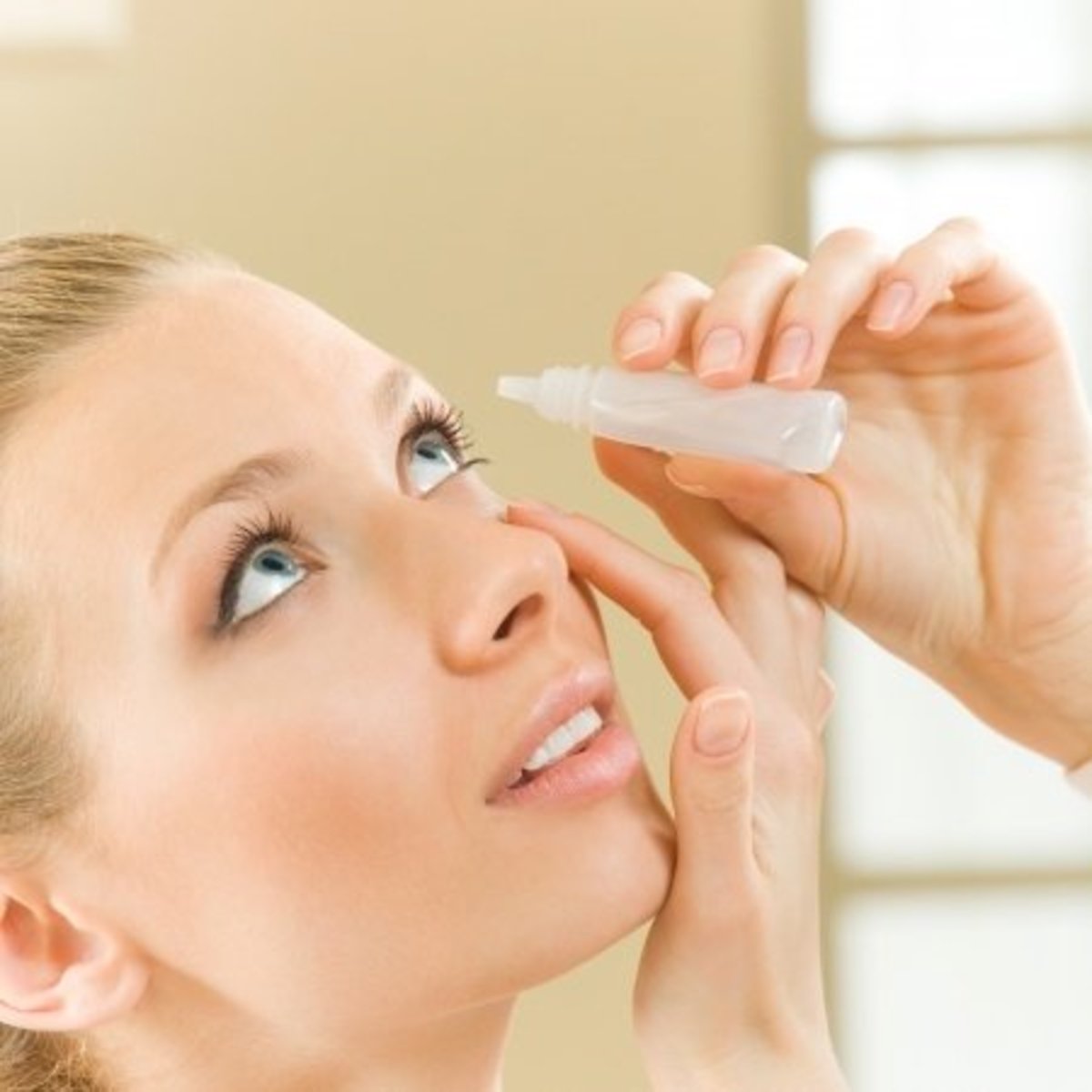Modern Day Joint Protection and Work Simplification

Expand your wellness program; Protect your joints
Daily activities almost always involve tasks that require repetitive hand, wrist and arm movement. Examples would be computer keyboarding, hammering, scrubbing, writing and frequent playing of a musical instrument. Unfortunetly repetitive movement with the inefficient use of supportive musculature can lead to joint disorders such as osteoarthritis, tendinitis, and conditions such as carpel tunnel syndrome. Often these conditions are grouped under the headings of "repetitive movement disorders" or "repetitive strain injuries".
If you are experiencing joint pain, tingling, numbness, swelling or stiffness in your hands and digits here are some of the techniques you might consider. These suggestions are commonly given by Occupational or Hand Therapists that frequently help treat these conditions. Remember always to check with your own physician to get a proper medical diagnosis and specific recommendations for your identified conditions.
Joint Protection Techniques:
1. Use your stronger and larger joints and muscles to lift and carry i.e., use palms and forearms instead of fingers.
2. Spread out the load weight over two or more joints. Use both hands.
3. Avoid maintaining one position for too long. Switch hands, change positions or take a break and do a different task.
4. Plan rest periods. Try to stop before becoming fatigue.
5. Alternate lighter work tasks with heavier tasks.
6. Avoid constant power grasp.
7. Limit frequent force on the thumb side of your fingers and pad of thumb.
8. Use built up handles and enlarged pens and pencils.
9. Slide items instead of actually lifting them. Get used to using a cart rather than a basket.
10. Rearrange your environment to keep frequently used items within reach and between waist and shoulder height.
Special Considerations for those with symptoms of Carpel Tunnel Syndrome:
1. When keyboarding make sure you have a supportive chair with your feet placed flat on the floor and your head erect. Optimal desk height for writing or keyboarding is between 26"- 28" above the floor but depends on the height and size of each person. You may want a computer system that is height adjustable i.e., allows you to tilt the keyboard. Split keyboards are commonly preferred.
2. Maintain your wrists in a neutral position ( not bent up or down), and use a wrist gel pad for support. You may want to look into a chair with armrests that rotate or swivel at different angles.
3. Angle at hips and elbows should be 90 degrees or slightly greater with upper arms parallel to the body.
4. Arrange your work area so that items are within easy reach. Use a mouse or tracking ball when possible.
Hopefully these tried and true techniques will be something you can incorporate into your wellness program. Caring for our joints is just a small part of taking care of our overall health. Widen your scope.
Paraffin Treatment for Hands
Warm paraffin is soothing to the hand joints and wonderful after using your hands all day.










